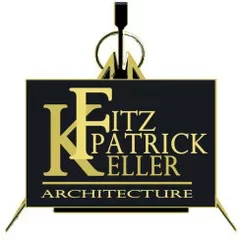Sandpoint, Idaho, boasts a distinctive architectural character that reflects its rich history, natural surroundings, and community values. Nestled between the Selkirk Mountains and Lake Pend Oreille, the architecture in Sandpoint combines rustic, traditional elements with modern influences, creating a unique aesthetic that harmonizes with its picturesque environment.
Historical Influence
Sandpoint's architectural roots date back to its early days as a logging and railroad town. Historic buildings in the downtown area often feature early 20th-century styles, including Craftsman, Colonial Revival, and Victorian influences. These structures exhibit classic elements such as detailed woodwork, ornate façades, and expansive porches, providing a glimpse into the town's past.
Natural Integration
The region's stunning natural landscape profoundly impacts its architectural designs. Many homes and buildings incorporate natural materials like wood, stone, and metal, blending seamlessly with the surrounding environment. Large windows and open floor plans are common features, allowing residents to enjoy breathtaking views of the mountains and lake. Sustainable design principles are also prevalent, with a focus on energy efficiency and environmental harmony.
Modern Adaptations
In recent years, contemporary architectural styles have become more prominent in Sandpoint. Modern homes often feature clean lines, minimalist aesthetics, and innovative materials, while still maintaining a connection to the area's natural beauty. Architects in Sandpoint prioritize functionality and simplicity, creating spaces that are both practical and visually appealing.
Community and Culture
Sandpoint's architectural landscape is also shaped by its vibrant community and cultural heritage. Public buildings, such as schools, libraries, and community centers, often reflect a blend of traditional and contemporary styles. These structures serve as gathering places, reinforcing the town's strong sense of community and commitment to preserving its unique identity.
Notable Architectural Highlights
- Panida Theater**: A historic landmark built in 1927, showcasing Spanish Mission Revival architecture. It remains a central cultural hub for the town.
- Sandpoint Train Depot**: A restored historic depot that exemplifies early 20th-century railway architecture and now serves as a community venue.
Cedar Street Bridge Public Market**: A unique structure that spans Sand Creek, housing shops and eateries, and combining rustic charm with modern amenities.
Sandpoint, Idaho, offers a rich architectural tapestry that reflects its history, embraces its natural surroundings, and adapts to contemporary trends. This blend of past and present, along with a commitment to sustainability and community, makes Sandpoint's architecture truly distinctive.


